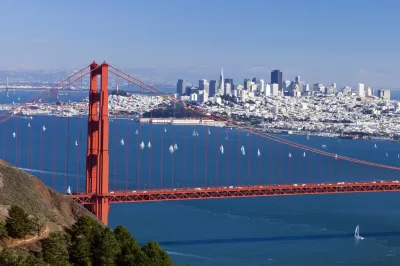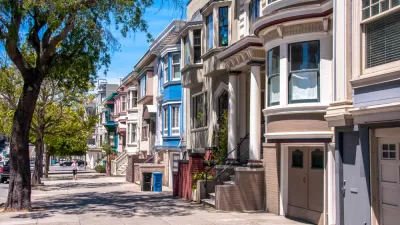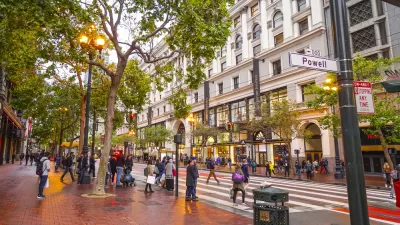Trevor McNeil and his wife make a little too much for their family of five to be eligible for low income subsidies. If one of them were to quit their job, they fear they wouldn't be able to afford the lifestyle they want to live.

The Bay City Beacon sat down with lifelong San Franciscan, public school teacher, and father of three, Trevor McNeil, to talk about what it's like to try and live in the city on a middle-class income. McNeil describes his family as living "on the knife edge," earning just a little too much to qualify for a housing subsidy. Talking about searching for a home, McNeil had plenty of frustrations, "[It’s] crazy that in the housing debate there’s this notion that somehow families want only stand-alone single family homes. Give us more credit than that. Families who want to stay in the city don't care…[yet] so much of the city is single-family homes. If somebody said, ‘we give you a grace period, if you want to build an extra floor in your house,’ a hundred percent of them would do it because they all have family members, or could use the extra rent," McNeil told Armand Domalewski.
Some questioned if building housing for the middle class is even an issue for the city, something McNeil found strange. "One thing some people say about teachers is ‘they chose to have a career that’s less paying,’ except that people still need teachers, and it’s a public benefit to having teachers living in your neighborhood, who know your kids," McNeil told Armand Domalewski.
FULL STORY: A Teacher Fighting to Stay in SF

Alabama: Trump Terminates Settlements for Black Communities Harmed By Raw Sewage
Trump deemed the landmark civil rights agreement “illegal DEI and environmental justice policy.”

Planetizen Federal Action Tracker
A weekly monitor of how Trump’s orders and actions are impacting planners and planning in America.

The 120 Year Old Tiny Home Villages That Sheltered San Francisco’s Earthquake Refugees
More than a century ago, San Francisco mobilized to house thousands of residents displaced by the 1906 earthquake. Could their strategy offer a model for the present?

Indy Neighborhood Group Builds Temporary Multi-Use Path
Community members, aided in part by funding from the city, repurposed a vehicle lane to create a protected bike and pedestrian path for the summer season.

Congestion Pricing Drops Holland Tunnel Delays by 65 Percent
New York City’s contentious tolling program has yielded improved traffic and roughly $100 million in revenue for the MTA.

In Both Crashes and Crime, Public Transportation is Far Safer than Driving
Contrary to popular assumptions, public transportation has far lower crash and crime rates than automobile travel. For safer communities, improve and encourage transit travel.
Urban Design for Planners 1: Software Tools
This six-course series explores essential urban design concepts using open source software and equips planners with the tools they need to participate fully in the urban design process.
Planning for Universal Design
Learn the tools for implementing Universal Design in planning regulations.
Clanton & Associates, Inc.
Jessamine County Fiscal Court
Institute for Housing and Urban Development Studies (IHS)
City of Grandview
Harvard GSD Executive Education
Toledo-Lucas County Plan Commissions
Salt Lake City
NYU Wagner Graduate School of Public Service





























